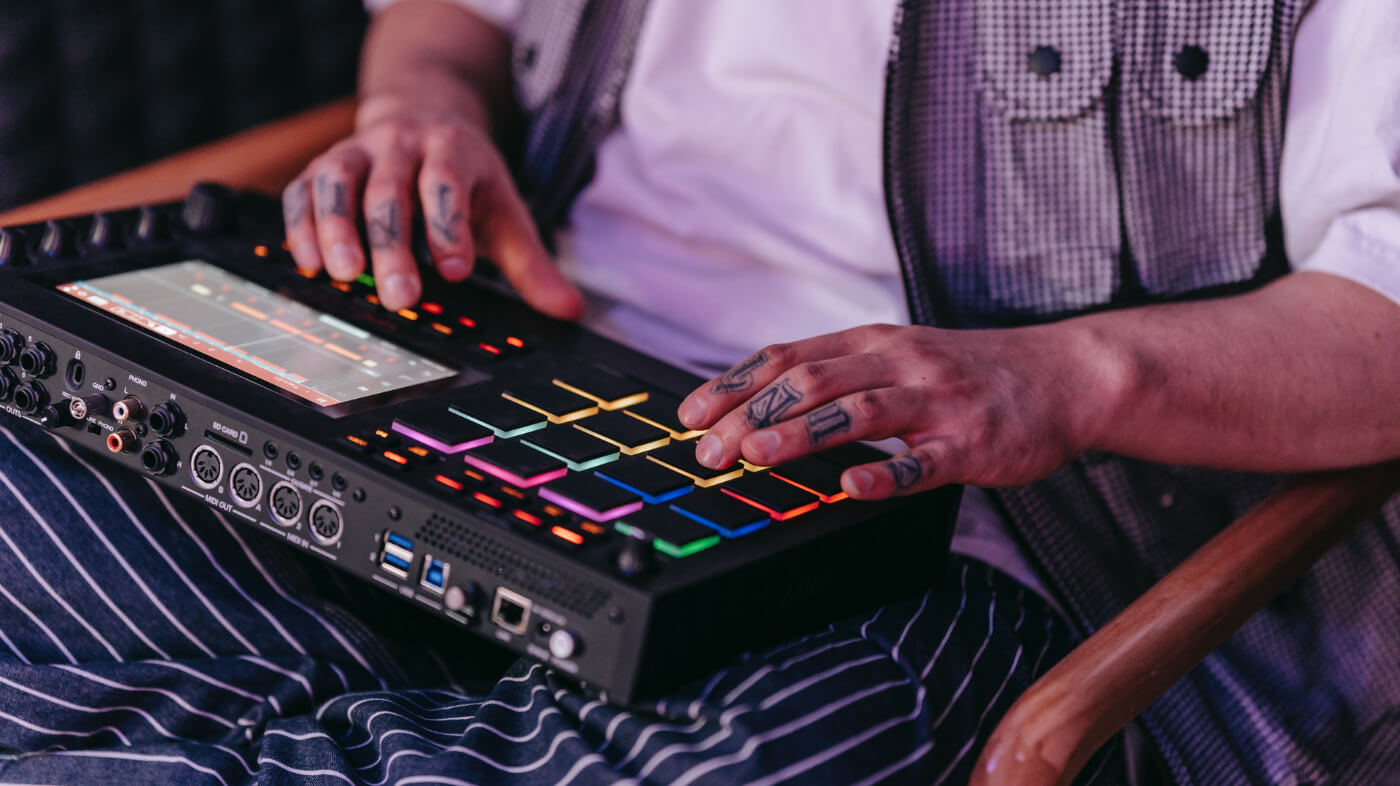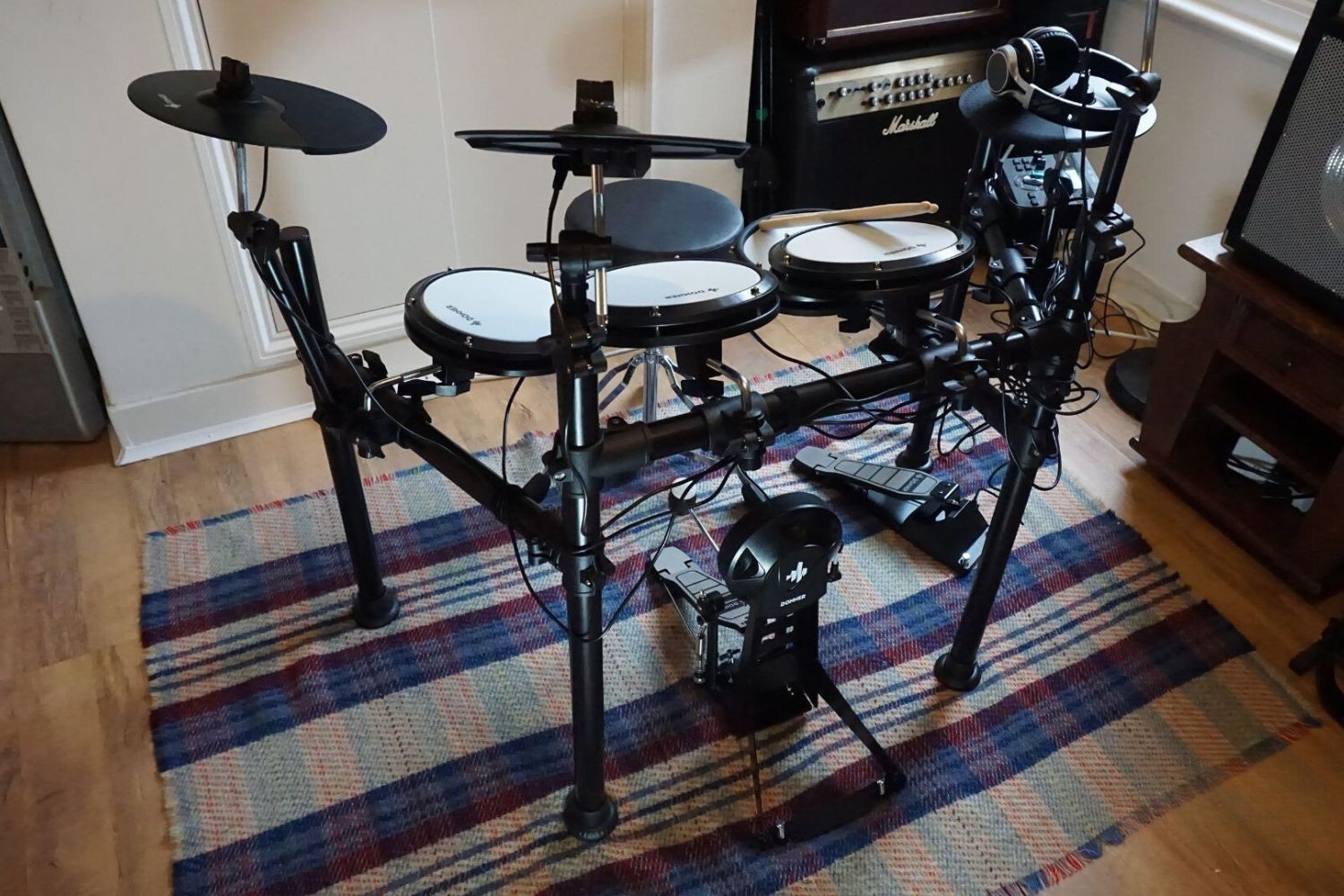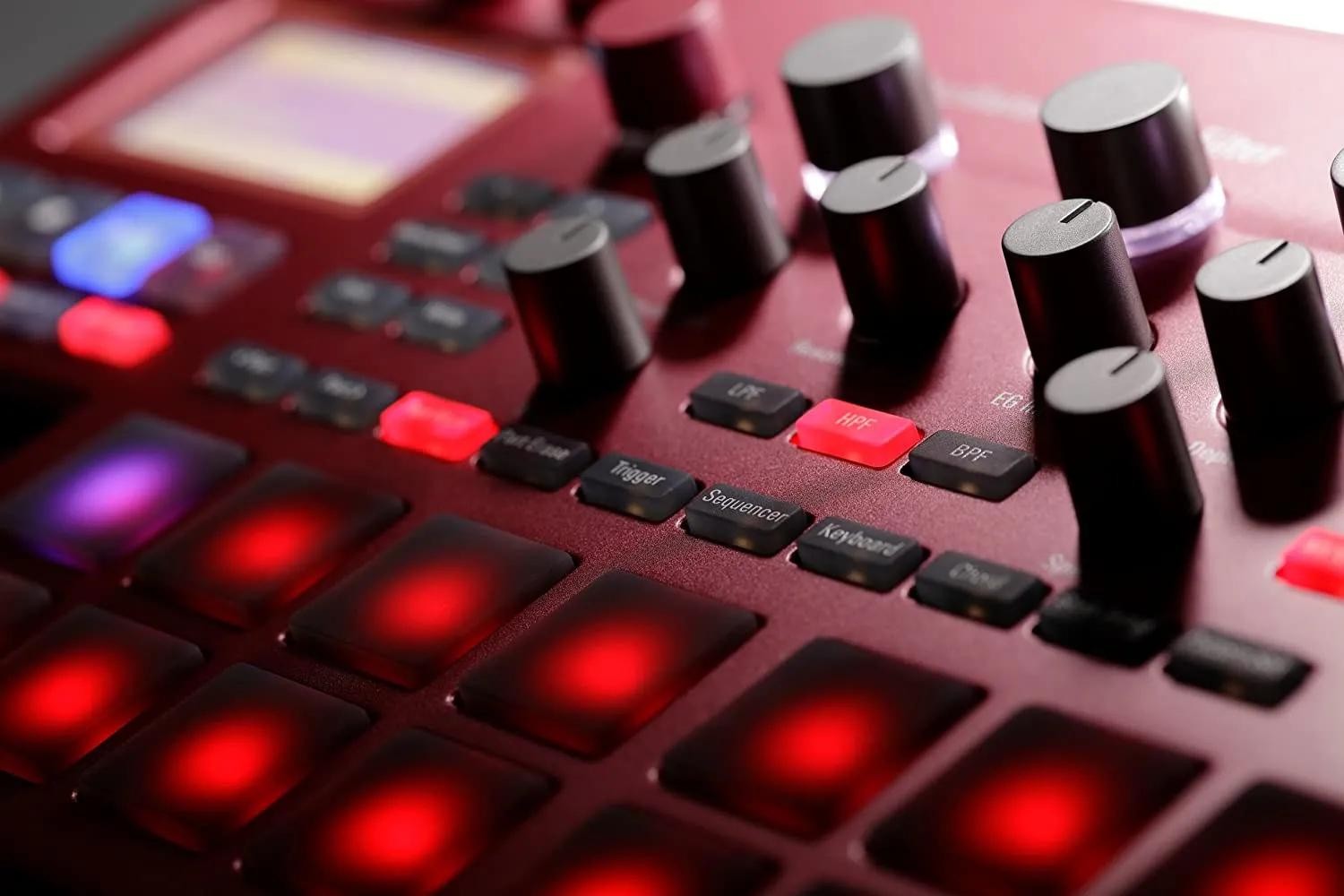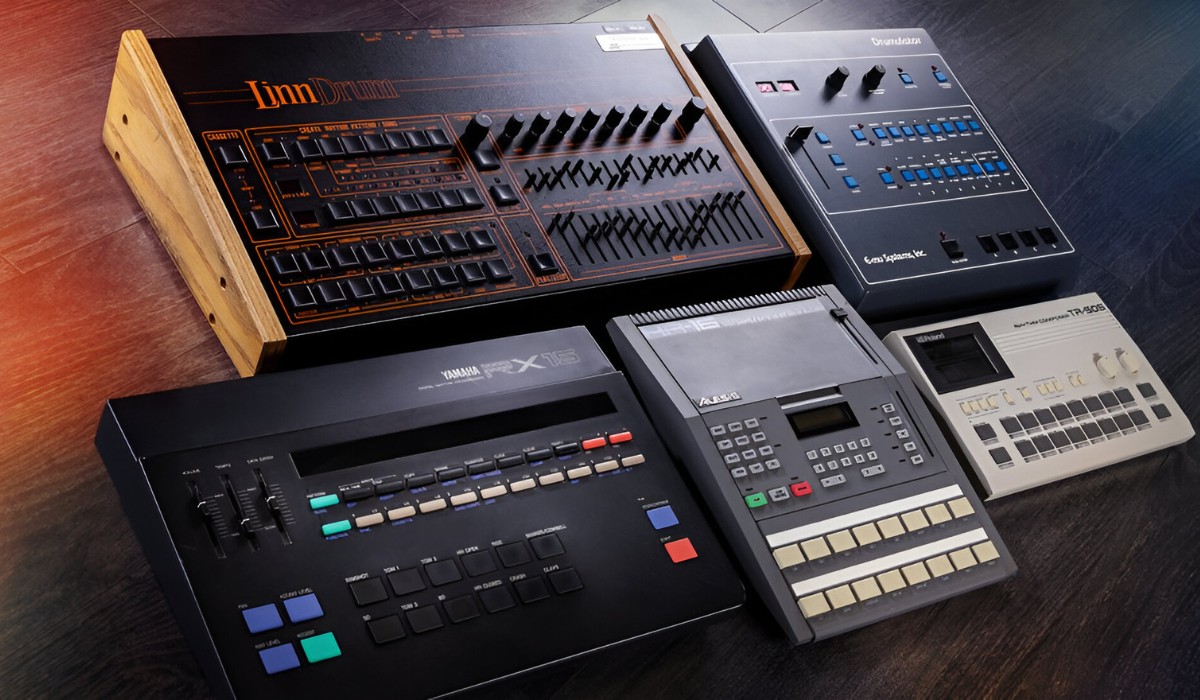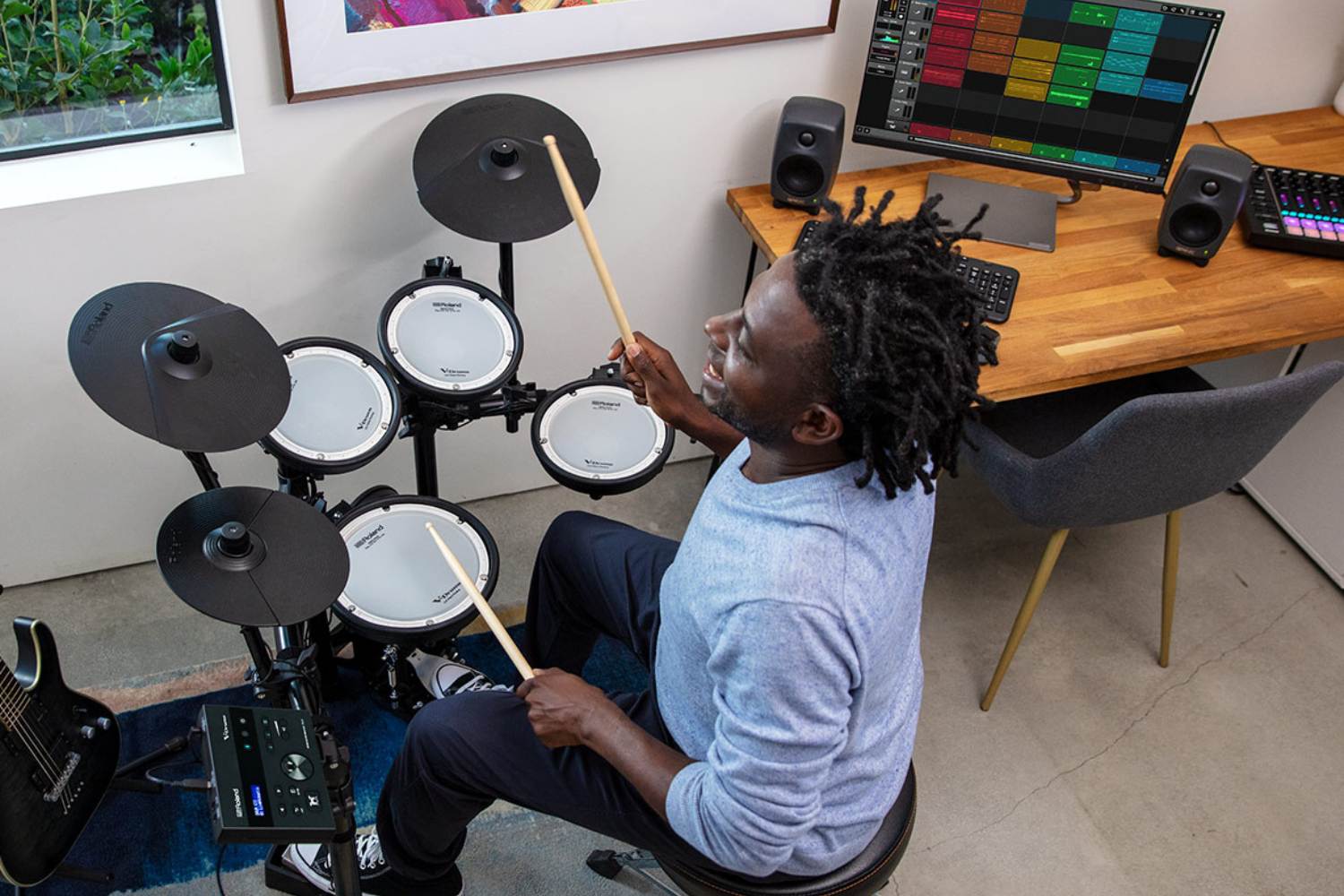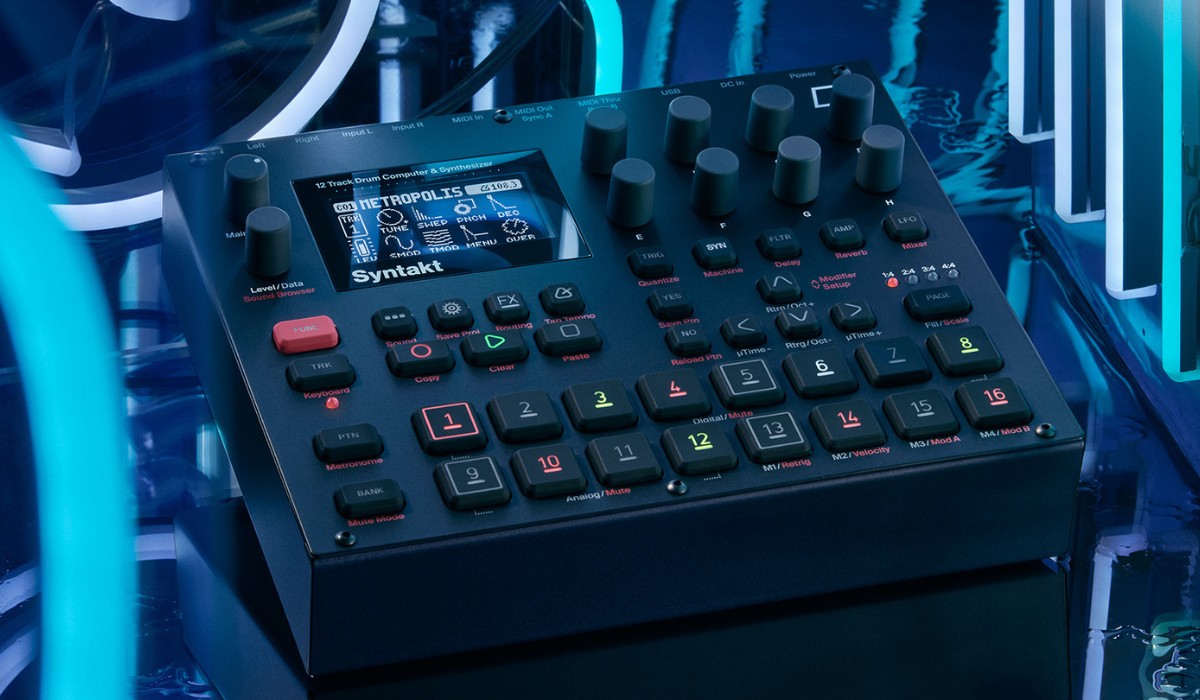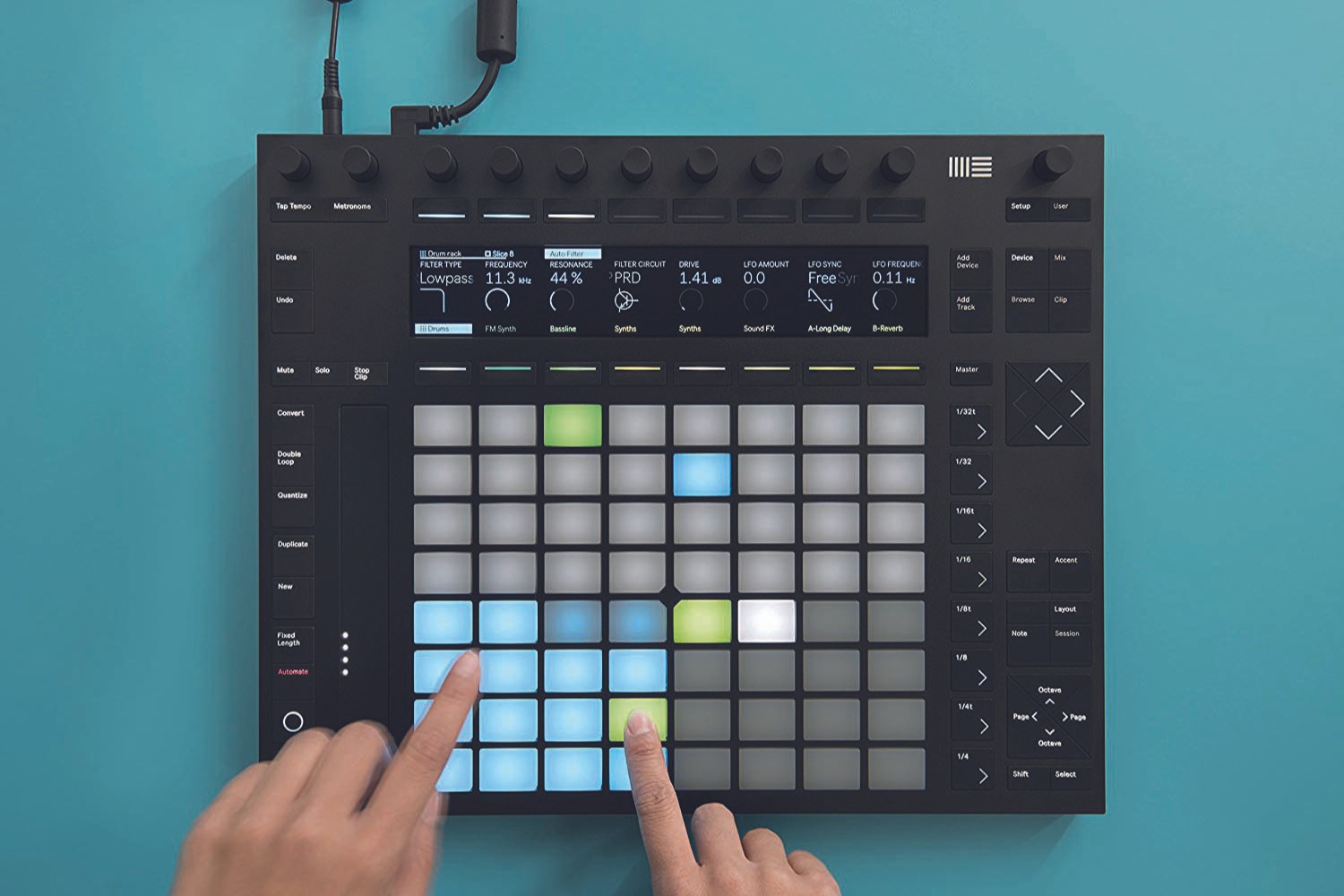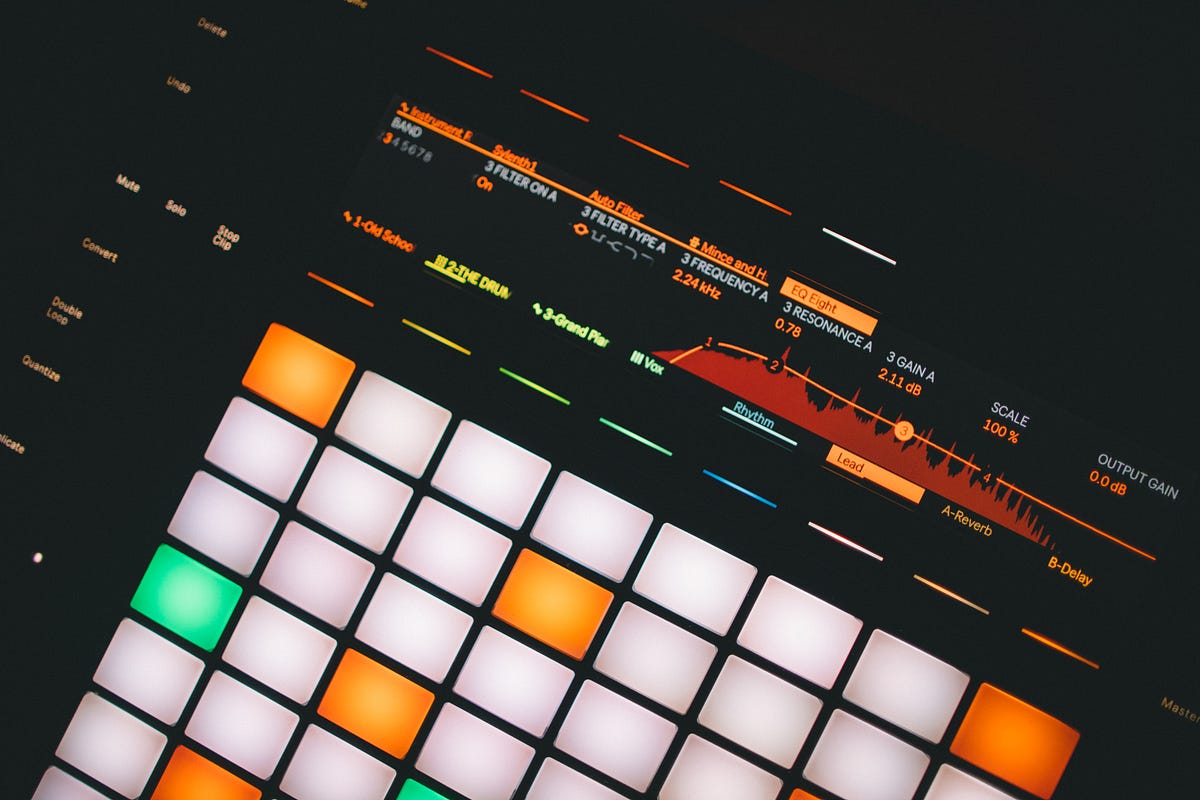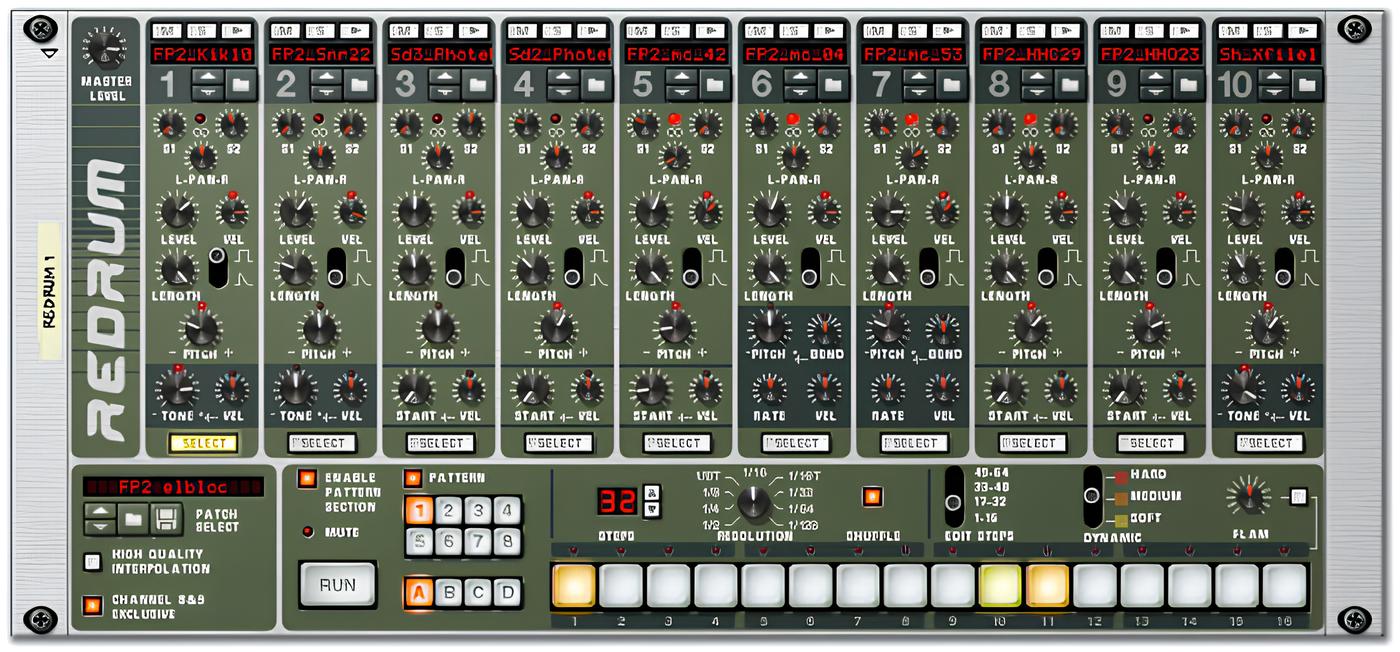Introduction
Drum machines have become an integral part of modern music production, providing a versatile and convenient tool for creating rhythm tracks. Whether in a live performance or a recording studio, being able to identify when a drum machine is in use can enhance the appreciation and understanding of the music being produced. This guide will delve into the visual and auditory cues that can help you discern when a drum machine is being employed, as well as the subtle observations that can reveal its presence.
Understanding the nuances of drum machine utilization can deepen one's appreciation for the artistry and technical skill involved in music production. By recognizing when a drum machine is in play, listeners can gain insight into the creative decisions made by musicians and producers. Moreover, this knowledge can foster a greater connection to the music, allowing for a more enriched and informed listening experience.
In the following sections, we will explore the various indicators that can help identify the use of a drum machine, from visual and auditory cues to observations of the performer. By honing these skills, you can develop a discerning ear and eye for the presence of a drum machine, enriching your understanding and enjoyment of musical performances. Let's embark on this journey of discovery and unravel the mysteries of drum machine utilization in music.
Understanding Drum Machines
Before delving into the cues for identifying the use of a drum machine, it’s essential to grasp the fundamentals of these electronic instruments. A drum machine is a versatile piece of music technology that can replicate the sounds of various percussion instruments, such as kick drums, snares, hi-hats, and cymbals. These devices offer a wide array of pre-programmed rhythms and beats, as well as the flexibility to create custom patterns, making them invaluable tools for musicians and producers.
Drum machines come in various forms, from standalone hardware units to software-based plugins that integrate seamlessly with digital audio workstations (DAWs). They are utilized across a spectrum of musical genres, from electronic and hip-hop to pop and rock, and have played a significant role in shaping the sound of contemporary music.
One of the key attributes of drum machines is their precision and consistency. Unlike human drummers, who may introduce subtle variations in timing and dynamics, drum machines deliver a mechanical accuracy that can lend a distinct character to the rhythmic foundation of a composition. This precision, coupled with the ability to trigger and manipulate sounds in real time, empowers musicians to craft intricate and compelling rhythmic arrangements.
Furthermore, the sonic palette of a drum machine can be extensively customized, allowing for the manipulation of individual drum sounds, the application of effects, and the creation of evolving rhythmic textures. This versatility enables artists to sculpt unique and innovative percussive elements, expanding the creative possibilities within music production.
By understanding the capabilities and characteristics of drum machines, one can appreciate their impact on contemporary music and recognize the distinct sonic signatures they impart. This knowledge forms the foundation for discerning when a drum machine is in use, as we will explore in the subsequent sections.
Visual Cues
Identifying the use of a drum machine can often begin with visual observations, particularly in a live performance setting. While drum machines may not have a physical presence on stage like acoustic drum kits, there are several visual indicators that can hint at their inclusion in the music production setup.
One prominent visual cue is the absence of a traditional drum kit or percussion setup on stage. In many cases, when a performer or band is creating rhythmic elements using a drum machine, the absence of physical drums, cymbals, and other percussion instruments becomes apparent. Instead, the focus may shift to electronic controllers, such as MIDI pads or trigger pads, which serve as the interface for triggering drum machine sounds. These controllers often feature illuminated pads or buttons, and their presence can signal the use of a drum machine in the performance.
Additionally, the sight of a musician interacting with electronic devices, such as grooveboxes or drum pads, can indicate the integration of a drum machine into the musical arrangement. These devices allow performers to manipulate and trigger rhythmic patterns in real time, providing a visual representation of the electronic percussion being employed.
Furthermore, in a studio recording environment, visual cues may include the presence of MIDI controllers, drum pad interfaces, or dedicated hardware drum machines connected to the recording setup. The sight of these electronic instruments alongside traditional recording gear can offer insight into the use of drum machines in the production process.
It’s important to note that while visual cues can provide initial hints about the presence of a drum machine, they are not definitive indicators on their own. These cues should be complemented by attentive listening and observation of the musical performance to confirm the utilization of a drum machine, as we will explore in the subsequent sections.
Listening Cues
Listening attentively to the rhythmic elements of a musical composition can reveal subtle cues that indicate the use of a drum machine. Unlike acoustic drums, which possess distinct tonal characteristics and expressive nuances, drum machines exhibit certain sonic traits that can be discerned through careful listening.
One key listening cue is the consistent and precisely timed nature of the rhythmic patterns. Drum machines excel at delivering unwaveringly precise beats, devoid of the subtle fluctuations and human imperfections often present in live drum recordings. This mechanical precision can manifest in the form of impeccably steady hi-hat patterns, unvarying kick drum pulses, and snare hits that exhibit uniformity in timing and dynamics.
Moreover, the sonic characteristics of drum machine-generated sounds can offer clues to their presence. Many drum machines feature electronic drum sounds that possess a distinctive character, often characterized by a clean and uniform timbre. These sounds may lack the tonal complexity and dynamic range inherent in acoustic drum recordings, and attentive listeners can discern these sonic attributes when analyzing the rhythmic components of a musical piece.
Another listening cue is the presence of rhythmic patterns that exhibit intricate and complex sequences, which may surpass the typical capabilities of a human drummer. Drum machines offer the ability to program and trigger elaborate rhythmic arrangements that can surpass the physical limitations of traditional percussionists. This can result in densely layered and precisely executed rhythmic passages that showcase the technical capabilities of drum machines.
Furthermore, the absence of subtle human nuances, such as slight timing variations and dynamic fluctuations, can be indicative of drum machine utilization. While human drummers infuse their performances with nuanced expressions and organic variations, drum machines often deliver a consistent and mechanically precise rhythmic foundation, devoid of these humanistic subtleties.
By attuning your ears to these listening cues, you can develop a discerning ear for identifying the presence of a drum machine within a musical arrangement, enriching your understanding and appreciation of the rhythmic elements at play.
Observing the Performer
Observing the actions and interactions of the performer can provide valuable insights into the utilization of a drum machine within a musical performance. Whether in a live setting or during a studio recording, the behaviors and gestures of the musician can offer compelling clues that hint at the incorporation of electronic percussion elements.
One observable indicator is the manipulation of electronic controllers or interfaces by the performer. In live performances, musicians may engage with MIDI pads, trigger pads, or electronic drum controllers to trigger and manipulate rhythmic patterns generated by a drum machine. These actions can involve tapping, striking, or gesturing over the illuminated pads, providing a visual representation of the electronic percussion being integrated into the performance.
Furthermore, the performer’s interactions with electronic devices, such as hardware drum machines or grooveboxes, can offer visual cues that point to the presence of electronic percussion. These interactions may involve adjusting parameter controls, triggering pattern changes, or engaging with the interface to introduce rhythmic variations, all of which can signify the active use of a drum machine in the musical arrangement.
In a studio recording environment, observing the performer’s engagement with MIDI controllers, drum pad interfaces, or software-based drum machine plugins can also provide valuable insights. The tactile manipulation of virtual drum pads or the adjustment of on-screen controls can indicate the real-time integration of electronic percussion elements into the recording process.
Moreover, the performer’s focus and movements can reflect the intricacies of triggering and manipulating drum machine patterns. Intense concentration on specific sections of a performance, rapid and precise interactions with electronic interfaces, and seamless transitions between rhythmic elements can all serve as observable cues that point to the active involvement of a drum machine in the musical rendition.
By keenly observing the performer’s actions and interactions with electronic devices, one can gain a deeper understanding of the integration of drum machines in musical performances, enriching the overall appreciation of the creative processes at play.
Conclusion
Understanding the presence of a drum machine in a musical performance or recording involves a multifaceted approach that encompasses visual, auditory, and observational cues. By familiarizing oneself with the characteristics of drum machines and honing the ability to discern their utilization, listeners and enthusiasts can gain a deeper appreciation for the artistry and technical intricacies involved in contemporary music production.
Visual cues, such as the absence of traditional percussion setups and the presence of electronic controllers, offer initial hints at the inclusion of a drum machine in a musical arrangement. These visual indicators can prompt further investigation, leading to a more comprehensive evaluation of the rhythmic elements at play.
Attentive listening serves as a crucial avenue for identifying the use of a drum machine, as the sonic traits and rhythmic precision exhibited by electronic percussion can be discerned through careful auditory analysis. The consistent timing, distinct sonic characteristics, and intricate rhythmic patterns delivered by drum machines offer valuable cues that contribute to the recognition of their presence in a musical composition.
Observing the performer’s interactions with electronic devices and interfaces provides additional layers of insight into the integration of drum machines. The gestures, manipulations, and focused engagements with electronic controllers offer compelling visual cues that substantiate the active utilization of electronic percussion elements within a performance or recording setting.
By synthesizing these visual, auditory, and observational cues, individuals can develop a discerning ear and eye for identifying when a drum machine is in use, enriching their understanding of the creative processes and technical innovations that shape modern music production. This heightened awareness can foster a deeper connection to the music being experienced, allowing for a more nuanced and informed appreciation of the rhythmic intricacies woven into musical compositions.
As technology continues to evolve and influence the landscape of music creation, the ability to discern the presence of drum machines represents a valuable skill that enhances the listening experience and fosters a deeper understanding of the diverse tools and techniques employed by musicians and producers.







